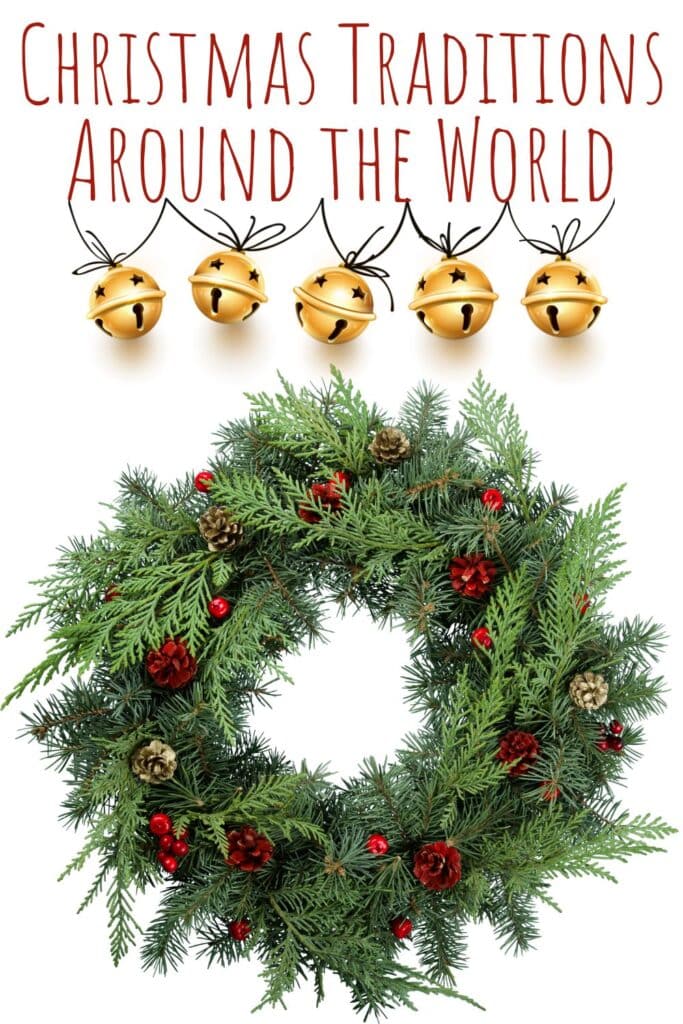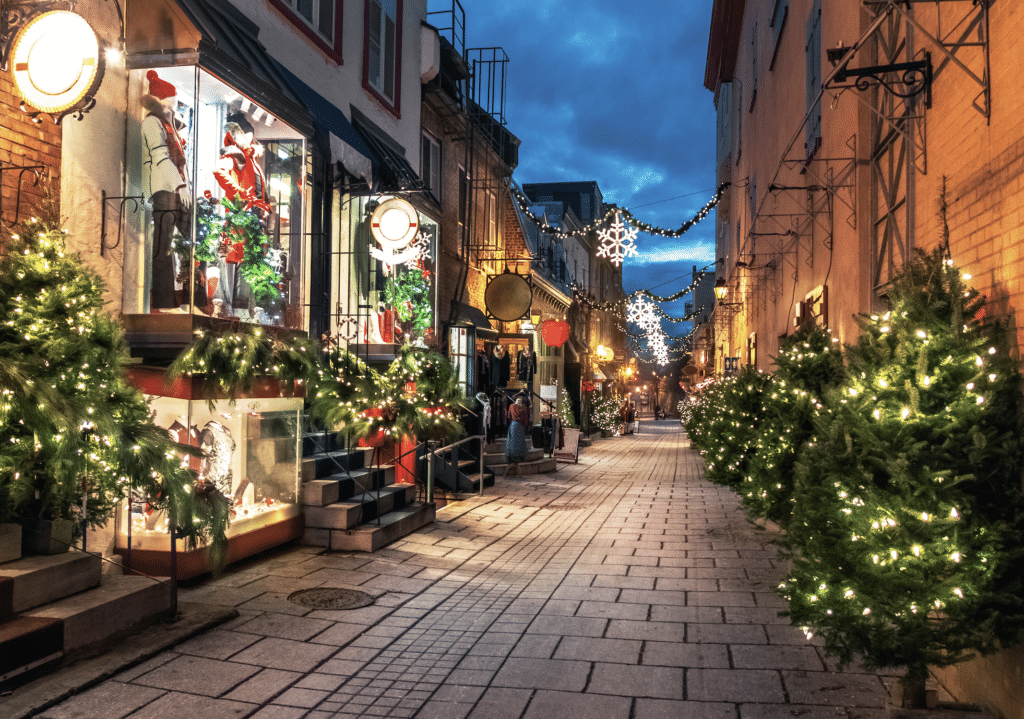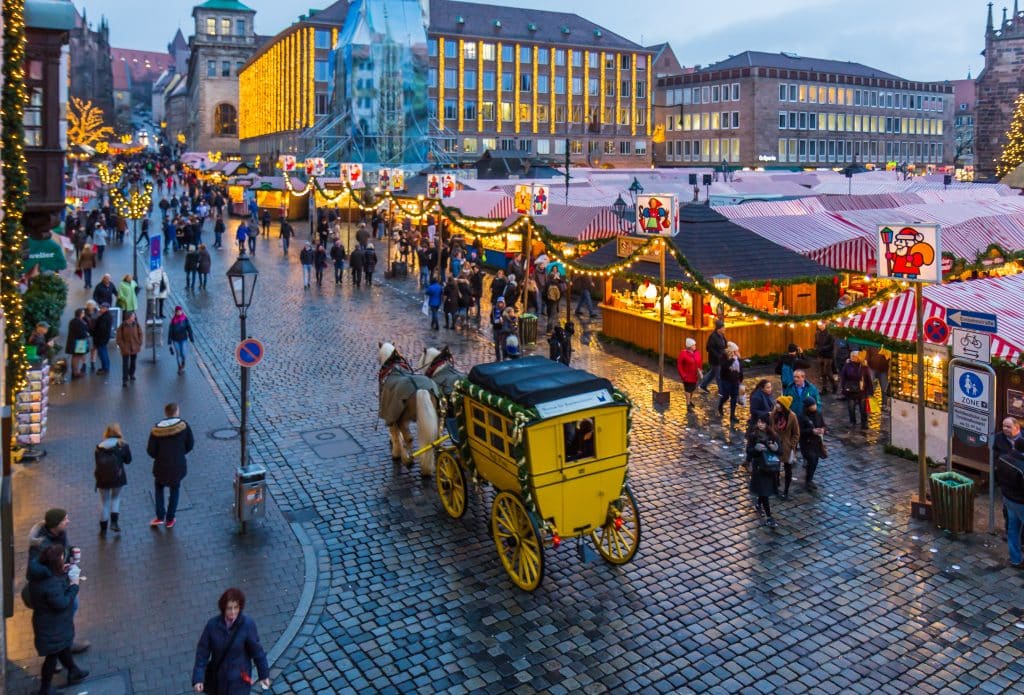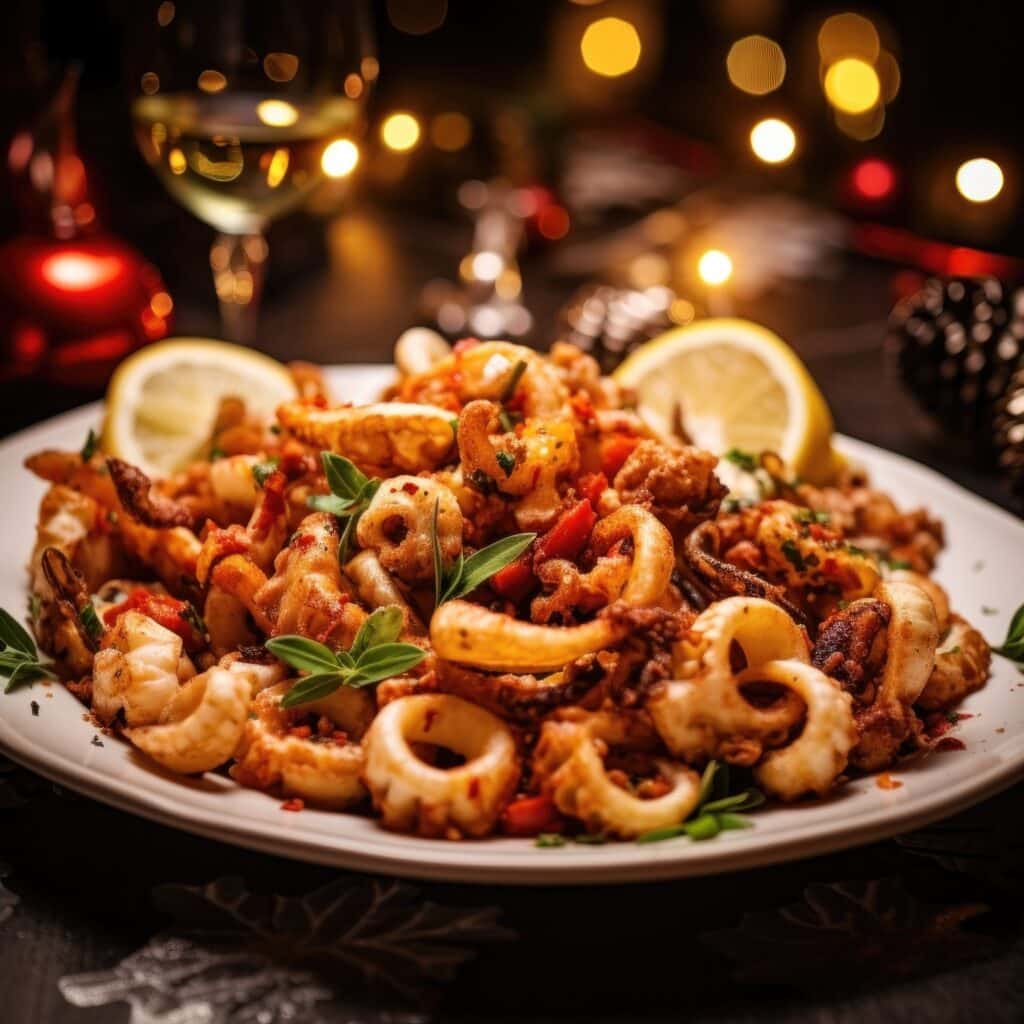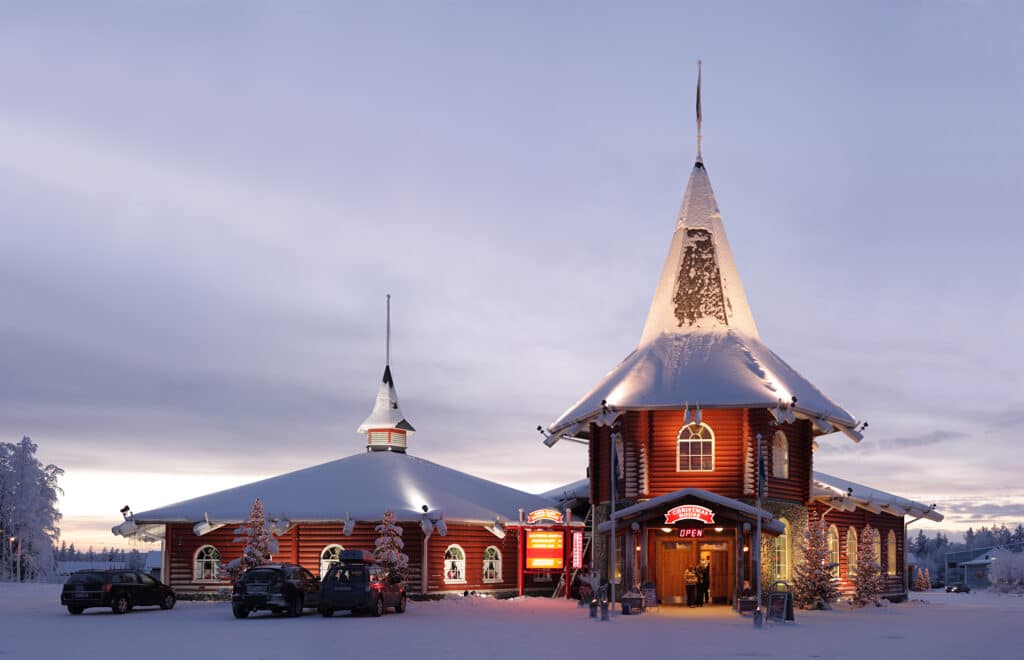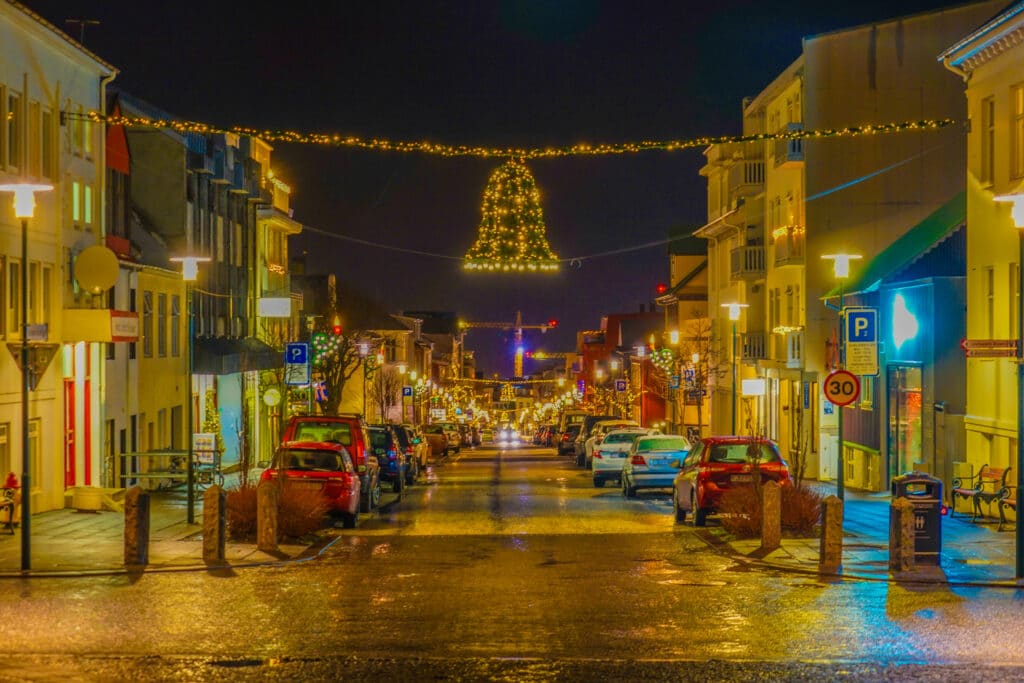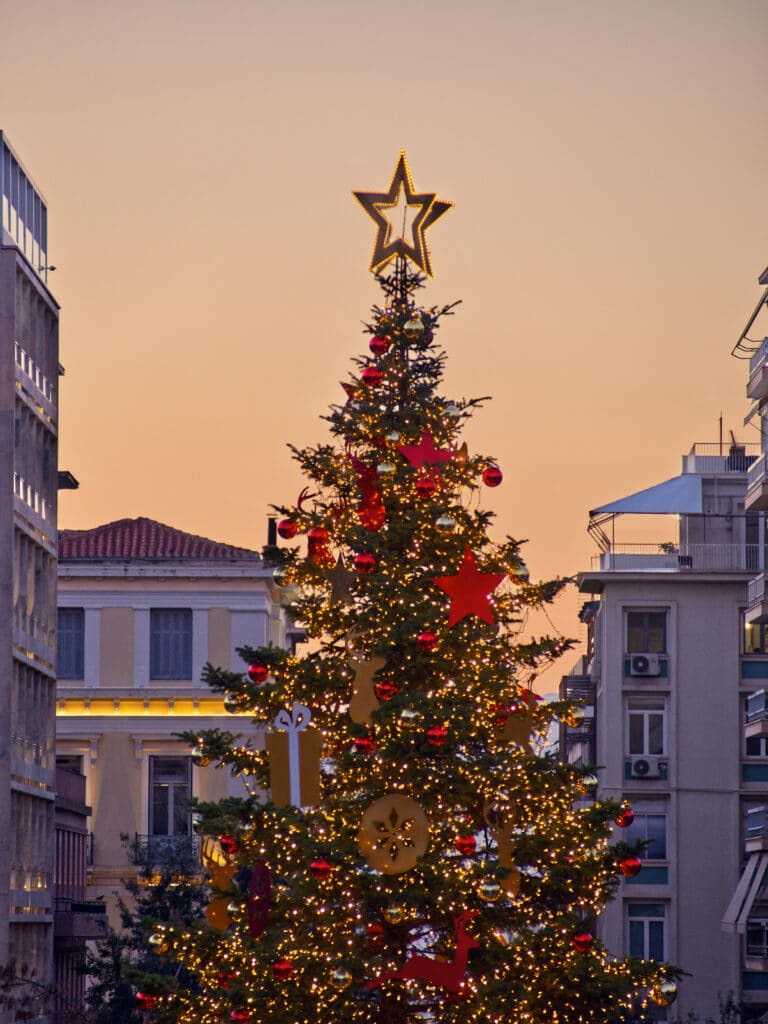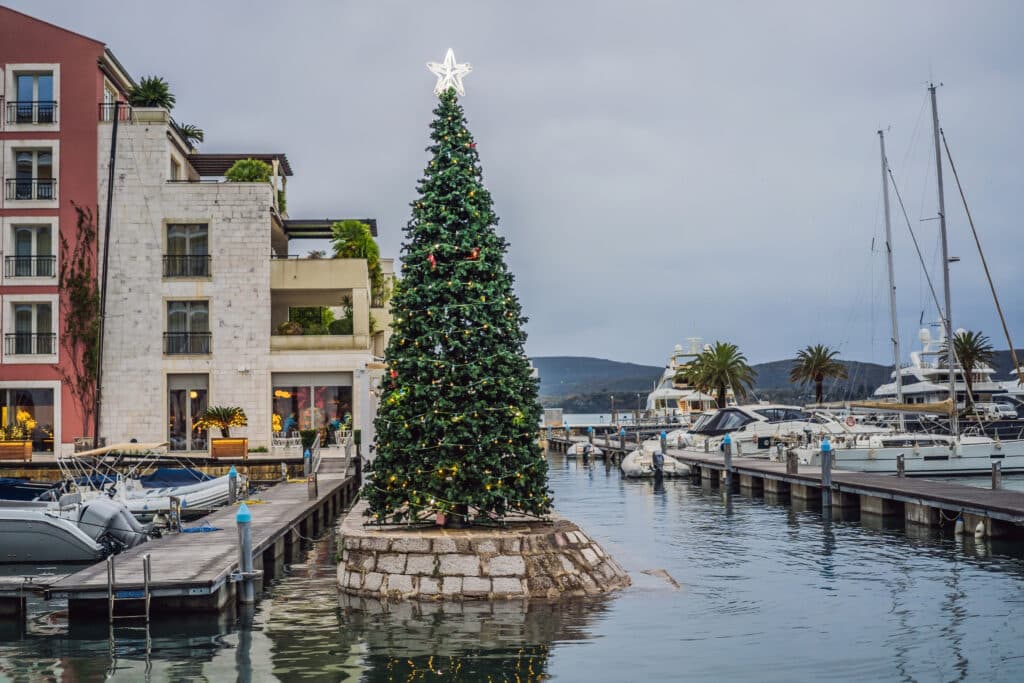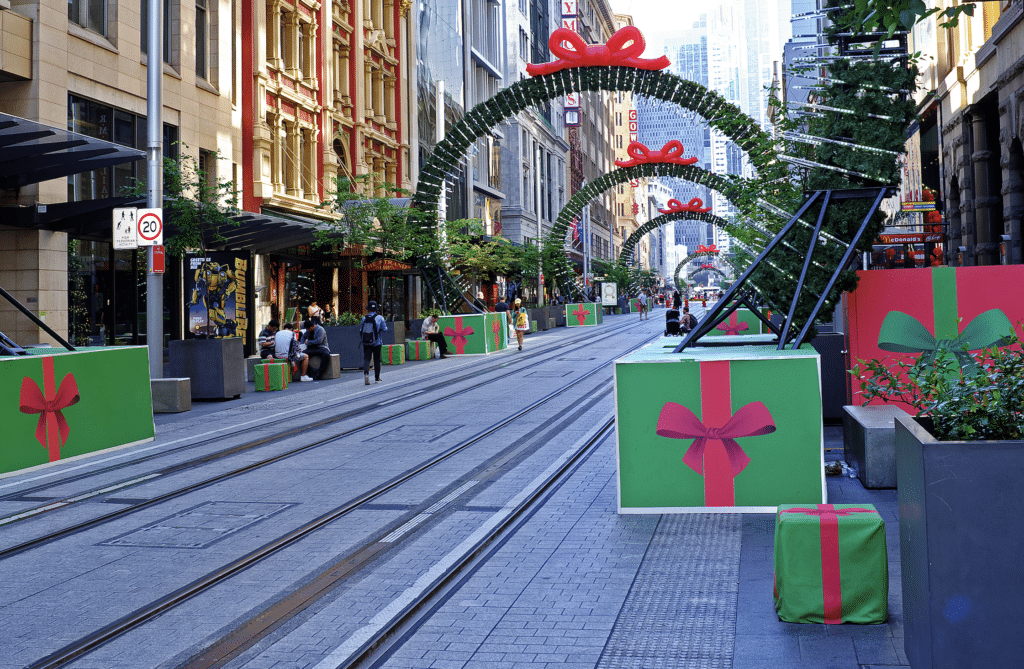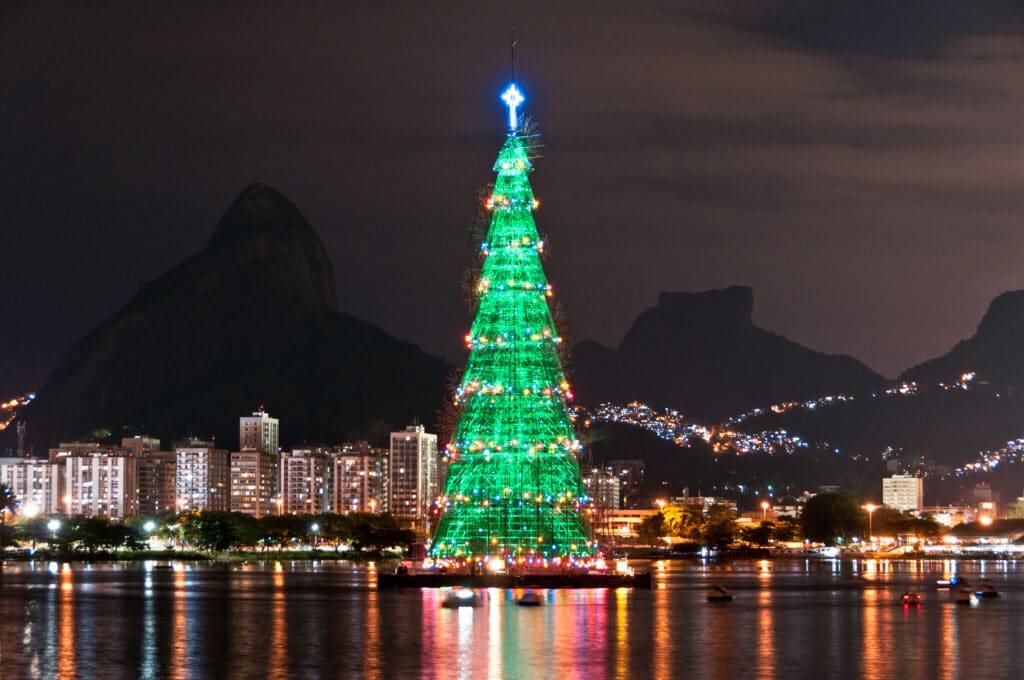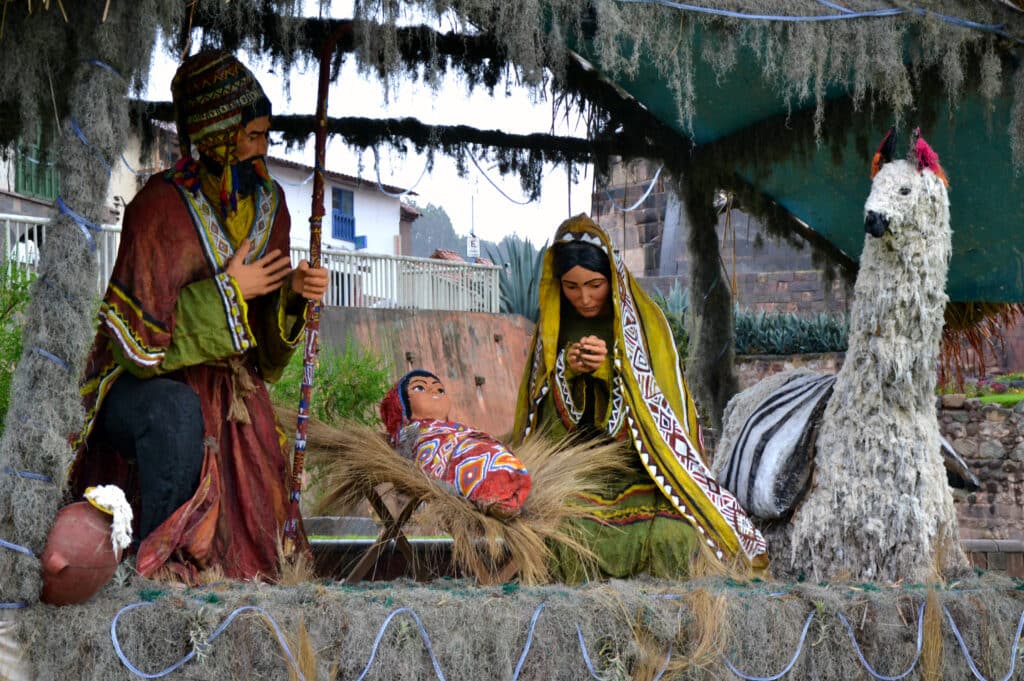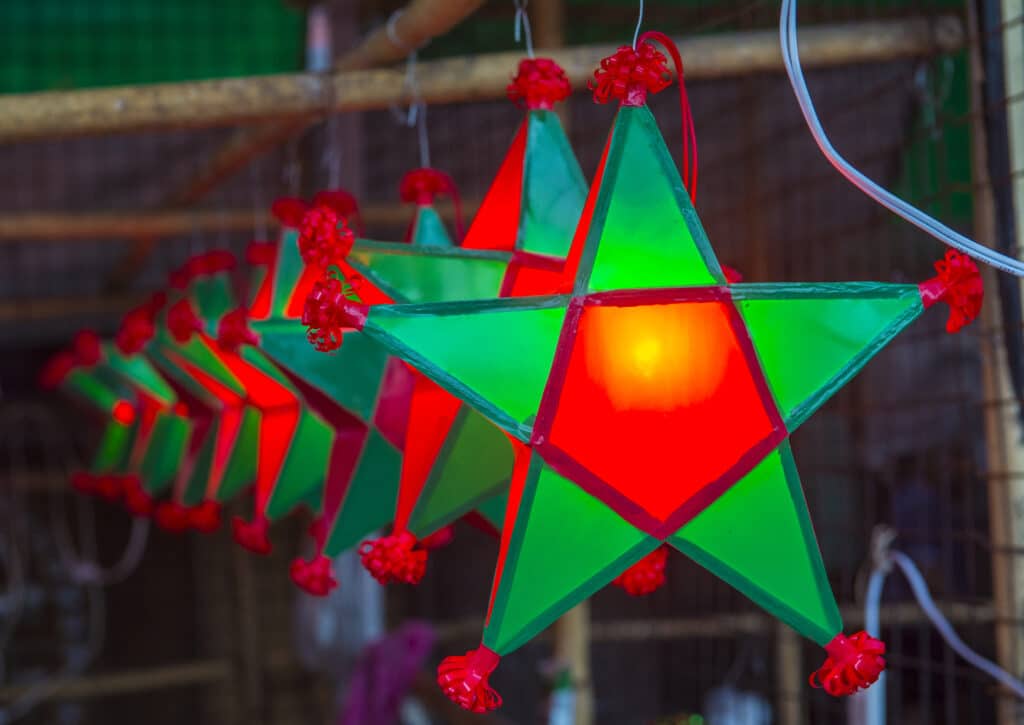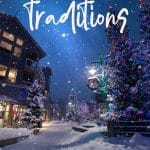Christmas Traditions From Around The World
Christmas, a time of joy and celebration, is observed with unique traditions across the globe. While the core spirit of the holiday remains the same, each culture infuses its own customs, flavors, and festivities into the celebration. From the bustling lights of New York City to the serene landscapes of Finland, let’s embark on a journey to explore some of the most notable Christmas traditions from various cultures and travel destinations.
This post may contain affiliate links.
North America
United States
In the United States, Christmas is celebrated with grandeur, and no place does it quite like New York City. The city transforms into a winter wonderland with its iconic Rockefeller Center Christmas Tree, towering over the ice-skating rink below. The tree lighting ceremony, accompanied by live performances, is a cherished event.
Holiday markets like the one in Bryant Park offer a European feel, with vendors selling artisanal goods, festive foods, and handcrafted gifts. The Radio City Christmas Spectacular, featuring the Rockettes, adds a theatrical touch to the season, making NYC a must-visit during the holidays.
Another common Christmas tradition is “find the pickle”. This tradition involves a pickle-shaped ornament being hidden somewhere on the Christmas tree and the person who finds it gets an extra gift! The origin of the tradition is unknown, but several myths surround it; one being Saint Nicholas rescued two boys from a pickle barrel, another being an imprisoned Bavarian Civil War soldier begged a guard for a last pickle before he died to give him the will to carry on. Pickle festivals can be found throughout the country.
Mexico
In Mexico, Christmas is celebrated with a series of events called “Las Posadas,” which re-enact Mary and Joseph’s search for shelter. This nine-day celebration involves processions, songs, and parties, culminating in a festive Christmas Eve.
Homes and streets are decorated with poinsettias and luminarias (paper lanterns). On Christmas Eve, families gather for a feast that includes tamales, bacalao (salted cod), and ponche (a warm fruit punch). The celebration continues with the breaking of piñatas and midnight Mass, known as “Misa de Gallo.”
Canada
Christmas in Canada shares many similarities with the United States but also has unique elements. One popular tradition is the broadcasting of the Santa Claus Parade, which features festive floats and performances. In Quebec, “La Fête de la Saint-Jean” is celebrated with bonfires and singing.
Europe
Germany
Germany’s Christmas markets, or “Weihnachtsmärkte,” are legendary. These markets date back to the Middle Ages and are spread across various cities, each offering a unique ambiance. The Nuremberg Christkindlesmarkt is one of the oldest and most famous, drawing visitors from around the world.
Stalls adorned with twinkling lights sell everything from handcrafted ornaments to delicious treats like gingerbread (Lebkuchen) and mulled wine (Glühwein). The aroma of roasted chestnuts and sizzling sausages fills the air, creating a festive atmosphere that warms both body and soul.
Italy
In Italy, Christmas traditions vary by region, but one of the most well-known is the Feast of the Seven Fishes, celebrated on Christmas Eve. This tradition, rooted in Southern Italy, features a meal of seven different seafood dishes, symbolizing the wait for the midnight birth of Jesus.
Italian Christmas festivities also include elaborate Nativity scenes (presepi), with Naples being famous for its detailed and artistic displays. The main celebration occurs on Christmas Day with a hearty meal and the exchange of gifts. In some regions, children wait until January 6th, Epiphany, for gifts delivered by La Befana, a kindly witch.
England
In English folk tales, it is believed that when Jesus was born, the Devil died. In some towns, there is a tradition on Christmas Eve to ring the church bells close to midnight to announce the Devil’s death. The custom is called ringing or tolling “the Devil’s knell.”
There’s no shortage of festive decorations and events in the cities and London is perhaps the best known. From holiday treats at Harrod’s to enjoying the lights around every corner, London has something for everyone.
Finland
In Finland, Christmas is intrinsically linked to the legend of Santa Claus, known locally as Joulupukki. Rovaniemi, located in the Arctic Circle, is considered his official hometown. Visitors can meet Santa Claus in his village, send letters from the Santa Claus Main Post Office, and cross the magical Arctic Circle.
The celebration extends beyond Santa’s village. Traditional Finnish Christmas involves a feast with baked ham, rutabaga casserole, and a special rice pudding, often containing a hidden almond. The one who finds the almond is said to have good luck for the coming year.
Sweden
One of the unique traditions in Sweden is making a Yule Goat out of straw. It is believed that the Yule Goat protects the Christmas tree. In countries like Sweden and other Scandinavian countries, straw is incorporated into the Christmas decorations to remind them of Jesus being born in a manger. The exact origin of the Yule Goat is unknown, but it’s believed to date back to Germanic pagan traditions. In the city of Gävle, each year since 1966, a 43-foot-tall Yule Goat is made out of straw.
Iceland
On Christmas Eve, people in Iceland exchange books and spend the evening reading them and eating chocolate. This tradition is called “jolabokaflod,” translated to “the Christmas book flood.” This tradition results in Iceland publishing more books than any other country between September and November.
Additionally, Icelandic Christmas traditions are steeped in folklore, with the 13 Yule Lads playing a central role. These mischievous figures visit children on the 13 nights leading up to Christmas, leaving gifts in shoes placed on windowsills if they’ve been good or potatoes if they’ve been naughty.
Christmas celebrations in Iceland also include a traditional meal of smoked lamb, fermented skate, and rye bread. Bonfires and fireworks are common, creating a festive atmosphere that brightens the long winter nights.
Ukraine
According to Ukrainian tradition, people hang spiderweb-shaped decorations on their Christmas tree. The reason for this is the old legend about a poor widow who couldn’t afford to decorate her Christmas tree, but when her children woke up on Christmas Day, the tree was covered in spider webs shining silver and gold from the morning light.
Greece
According to Greek tradition, if you kiss under the mistletoe, it’s considered an unspoken promise to marry the person you’re kissing. The plant is associated with fertility and ended up being used during wedding ceremonies.
Montenegro
One of the Christmas Eve traditions was for men to cut a Yule log in the woods, “Badnjak,” which means Christmas Eve tree. It was normally cut from an oak tree. Now most people live in cities and towns, so they can buy their “Badnjak” from the markets. The “Badnjak” is burnt through the evening and night on Christmas Eve. Outside of the churches, huge bonfires are made on the evening of Christmas Eve, and people can bring their “Badnjak” to put on the bonfire.
Bulgaria
“Christmas Eve” is called “Budni Vecher,” and it’s the evening when the main Christmas meal is eaten. The dishes are an odd number of 7, 9, or 11. A round loaf bread is baked called “pitka,” and a coin is added to the bread. The oldest person in the house divides the bread into pieces. The person who ends up with the coin is said to have very good luck in the New Year. After the meal, the food is left on the table till the morning of Christmas day.
Asia
Japan
Christmas in Japan, though not a traditional holiday, has been embraced with a unique twist. It is seen more as a time for couples and friends rather than a family-centric celebration. Christmas Eve is often celebrated with romantic dinners and the exchange of gifts.
A notable tradition is eating KFC for Christmas dinner, a practice that started in the 1970s due to a successful marketing campaign. Christmas lights and decorations adorn cities, with Tokyo’s illuminations being particularly spectacular.
Lebanon
According to Lebanese tradition, children can go up to adults and say “editi ‘aleik,” which directly translates to “you have a gift for me.” This tradition happens on Christmas Day. If the adults have a present available, they give it to the child, who adds the present to their Christmas Day haul.
Australia
Christmas in Australia falls during the summer, creating a unique blend of traditional and beachside celebrations. Australians often enjoy Christmas lunch outdoors, with barbecues featuring seafood, ham, and pavlova for dessert.
Sydney’s Carols by Candlelight in the Domain and Melbourne’s similar event bring communities together to sing carols under the stars. Many Australians also partake in “Christmas in July” celebrations to experience a wintery Christmas atmosphere.
Africa
South Africa
In cities and towns, it is popular to go carol singing on Christmas Eve and have Carols by Candlelight services. “Fir” Christmas trees are used traditionally. South Africans enjoy pulling Christmas crackers and having their Christmas meal outside in the summer sun. They might even just have a “braai,” which is a barbecue.
Ghana
In Ghanaian tradition, a folk libation ritual is performed during Christmas. In the ritual, people drink from a cup and pour some of the drink on the ground. This symbolizes offering a drink to their ancestors in remembrance.
South America
Brazil
In Brazil, Christmas is celebrated with a blend of local and European traditions. Midnight Mass, or “Missa do Galo,” is a significant event, followed by a late-night feast with dishes such as turkey, ham, and salads.
Christmas decorations include nativity scenes and the iconic “árvore de Natal” (Christmas tree). In cities like Rio de Janeiro, massive floating Christmas trees and impressive light displays create a magical atmosphere. Brazilian Christmas also features the giving of “amigo secreto” (secret friend) gifts, adding a fun and communal element to the celebrations.
Peru
Christmas Eve is the main day to celebrate in Peruvian tradition. It is known as “La Noche Buena,” which means “The Good Night.” Their most important decorations are called pesebre, which are carved nativity scenes in stone and wood. In Peru, Christmas gifts are put around a manger instead of a tree. A person is chosen to put the baby Jesus figurine into the manger, and the chosen one is considered lucky.
Caribbean
Haiti
The Haitian children fill their cleaned shoes with straw and place them on the porch under the tree. The children then hope that Santa, “Tonton Nwèl,” will replace the straw with presents around and in the shoes.
Southeast Asia
Philippines
In the Philippines, Christmas is celebrated with unparalleled enthusiasm, starting as early as September and lasting until January. The “Simbang Gabi,” a series of nine pre-dawn Masses, begins on December 16th, culminating in a festive Christmas Eve Mass.
Homes are decorated with “parols,” star-shaped lanterns symbolizing the Star of Bethlehem. The Noche Buena feast on Christmas Eve features a lavish spread including ham, queso de bola (cheese), and lechon (roast pig). The festive spirit continues with extended family gatherings and New Year’s celebrations.
Christmas traditions around the world reflect the rich cultural tapestry of our global community. Each country’s unique customs and celebrations add to the collective joy of the holiday season, offering a beautiful reminder of our shared humanity and the diverse ways we find meaning and connection. Whether you’re enjoying a festive market in Germany, meeting Santa Claus in Finland, or partaking in the Feast of the Seven Fishes in Italy, the spirit of Christmas brings people together in warmth and celebration.
